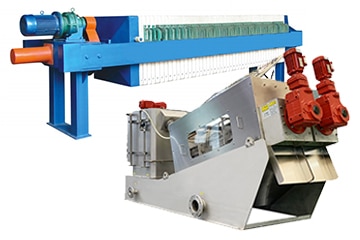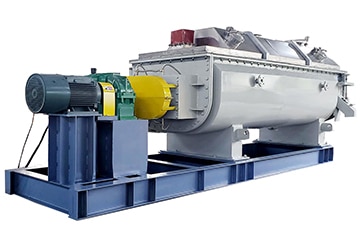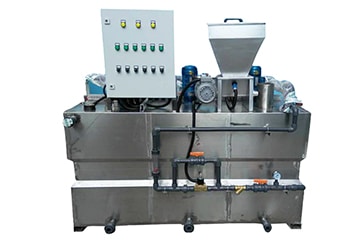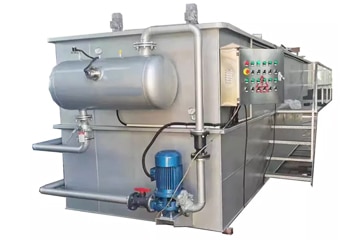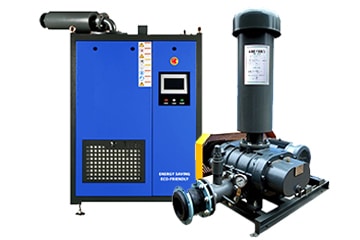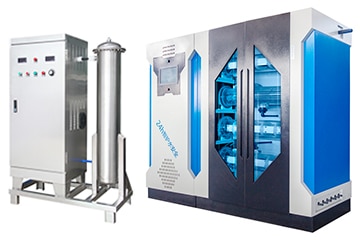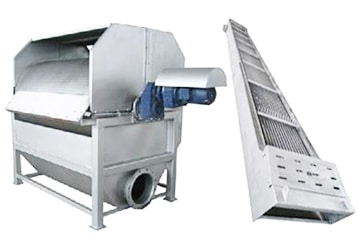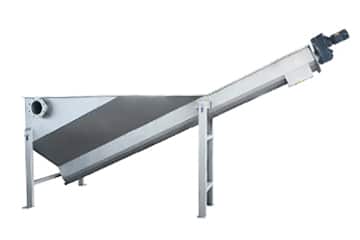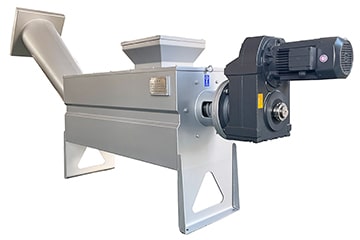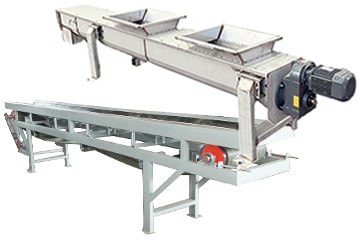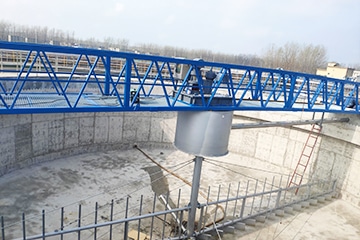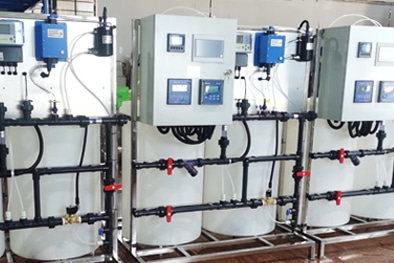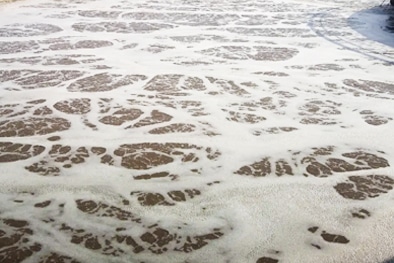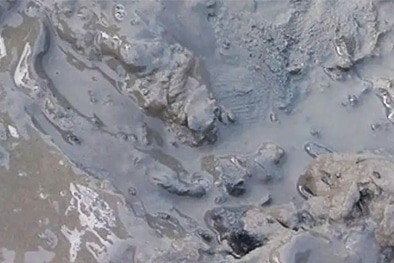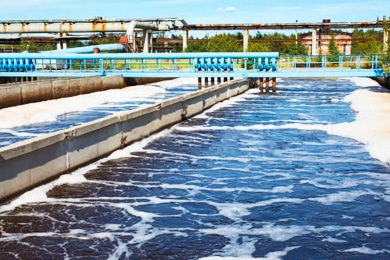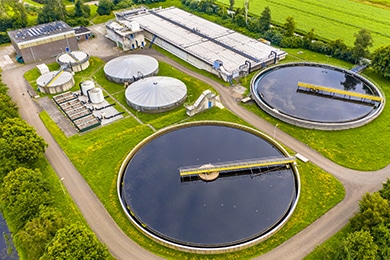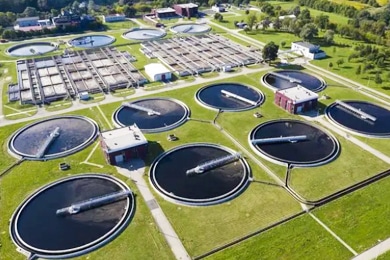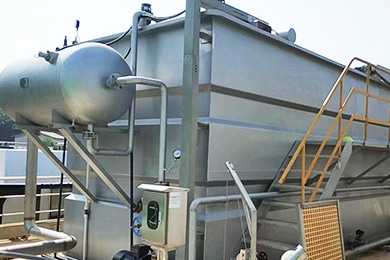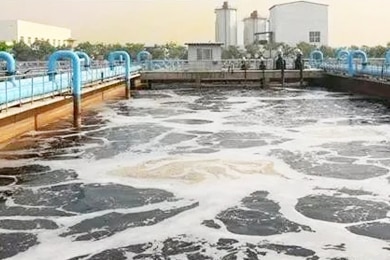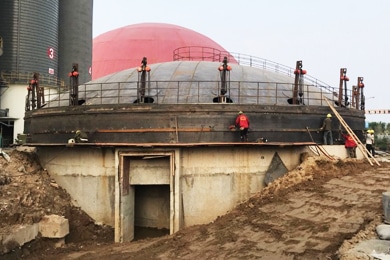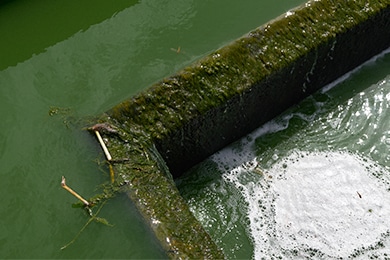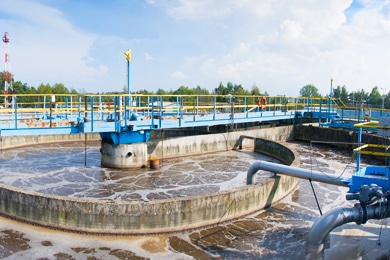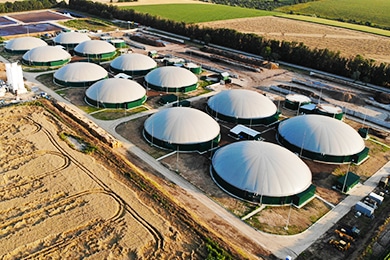Water Treatment Equipment
Equipments For Waste Water Treatment
Water is generally considered to be a finite resource with international demand. Over the last decade, wastewater treatment has become a crucial part of plant operations, with manufacturing companies in all industrial sectors making water consumption reduction a priority. Halve the proportion of untreated wastewater and increase safe water reuse. Consider industrial wastewater equipment options with a rapid return on investment to go beyond compliance and reduce environmental impact.
We are a reliable and mature water treatment equipment manufacturer and supplier of stoichiometric sludge dewatering machine, sludge dryer, dissolved air flotation(daf) system, wastewater screen, grit classifier, dosing system, lift station, blower, disinfection system and accessories.
The right industrial water treatment system can treat your facility’s water to make it more suitable for a specific use, whether it’s consumption, manufacturing or disposal. That said, each system will be different depending on the needs of the facility. Common industrial water treatment systems typically include:
- Wastewater treatment systems
- Raw water treatment systems
- Reverse osmosis water treatment systems
- Boiler feedwater treatment systems
- Cooling tower water treatment systems
- Desalination and ultra-pure water treatment systems
KUOSI custom-designed industrial water treatment systems and solutions can help your facility with.
- Clarification: A multi-step process used to remove suspended solids from solution.
- Lime softening: a process involving the application of lime or lime soda to raise the pH of a stream, which in turn induces the precipitation of mineral components from the solution.
- Ion exchange: a treatment process in which dissolved ions are replaced by other, more desirable ions of similar charge.
- Filtration: Membrane filtration units are a cost-effective way to prevent scaling and excessive maintenance of downstream equipment.
- Polishing: Typical polishing technologies include mixed bed deionization (DI), electrodeionization (EDI), or off-site renewable DI.
- Special Processes: From one facility to another, some streams can be complex and highly variable, so special processes can help meet treatment needs.
The water treatment equipment can deal with domestic sewage and industrial wastewater treatment in factories, residential areas, slaughterhouses, office buildings, scenic spots, stations, airports, seaports and wharves.
- Microelectronics industry: semiconductors, picture tubes, computer circuit boards, solar cells, dry battery water, coated glass and storage batteries
- Chemical industry water: chemical reaction cooling, chemical agents, fertilizer and fine chemical, cosmetics manufacturing process water system.
- Printing and dyeing industry: textile printing and dyeing, paper making water, skin care products, hair dye, washing, etc.
- Laboratory: chemical laboratory, physical laboratory, biological laboratory.
- Automobile industry: surface painting, cleaning, electroplating, etc.
- Food industry: beer filtration, living quarters, food.
- Medical pharmaceutical industry: injection, pharmaceuticals, biochemical products, water for artificial kidney analysis and water for hemodialysis.
- Aquaculture industry: fish and shrimp breeding, ornamental fish, etc.
- Other industries: seawater desalination of brackish water, schools, communities, hotels, real estate property quality water supply.
Different industries require different water treatment equipment as well as solutions, welcome to contact us to inquire about the most suitable sewage treatment solutions for your industry application.

